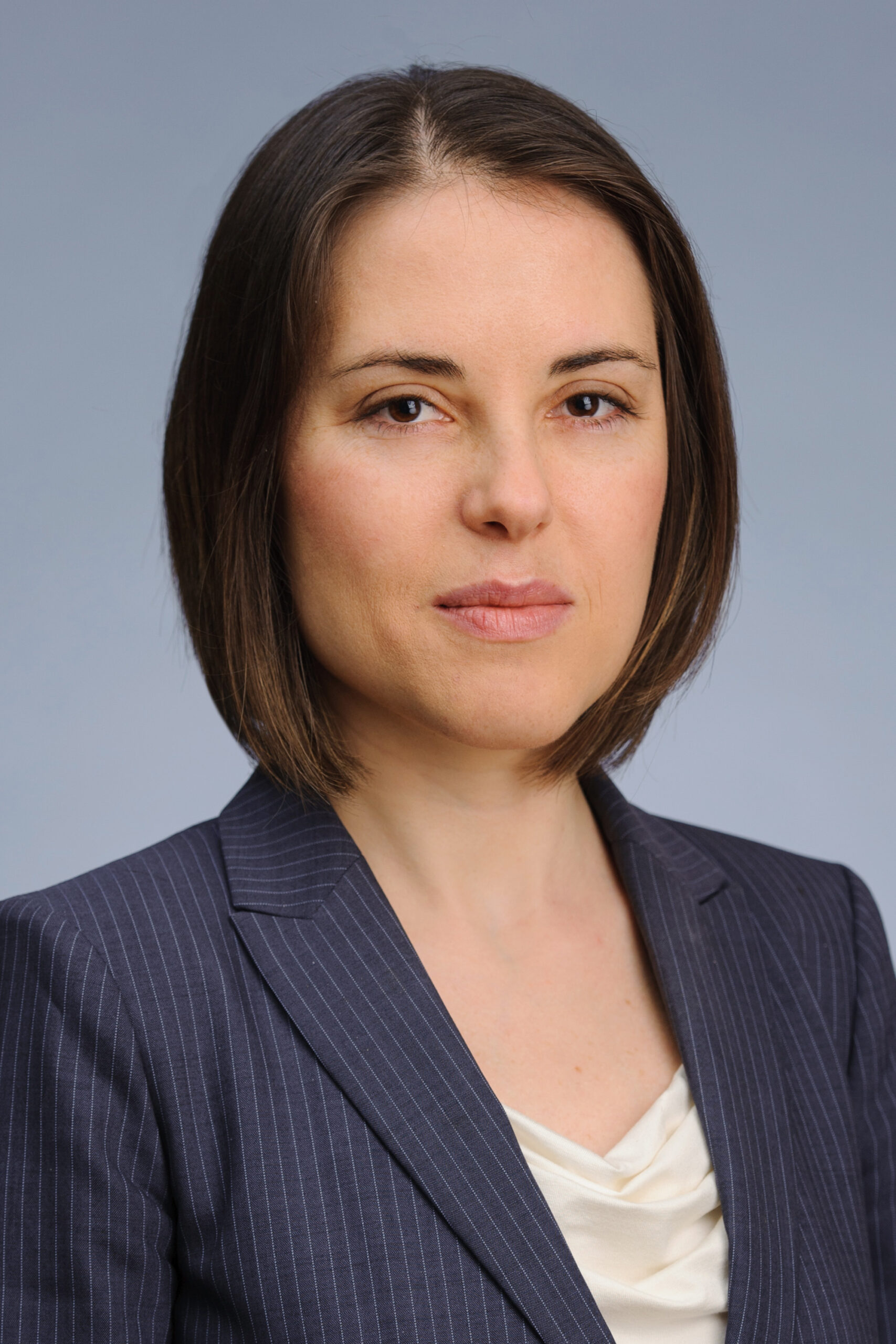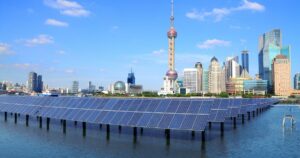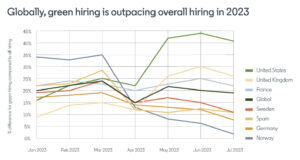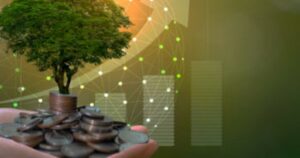Investors know carbon pretty well: how to measure it, assess its impacts and incorporate it into investment-decision making.
Of late, institutional investors have signaled they want to play their part in addressing what scientists are calling the sixth — and first human-caused — mass extinction.
Investment funds built to consider the risks and value creation opportunities posed by nature and biodiversity loss have started launching, and disclosure frameworks including the Taskforce on Nature-related Financial Disclosures (TNFD) should allow investors to better understand, allocate and engage on material nature-related issues. Examples include investing in circular water solutions, alternative proteins to prevent land-use conversion or sustainable fish feed.
That said, it’s early days. The assets under management (AUM) for many of the more prominent funds represent a rounding error compared to broader climate-themed or ESG funds.
Some examples include RobecoSAM’s Biodiversity Equity fund ($4 million AUM), BNP Paribas Asset Management’s Ecosystem Restoration fund ($14 million AUM) or the Sustainable Biodiversity Fund ($5 million AUM) from Fidelity International, the now-independent subsidiary of Fidelity Investments.
I spoke with Velislava Dimitrova, lead portfolio manager for Fidelity International’s Sustainable Climate Solutions Fund and Sustainable Biodiversity Fund (the Fund), the latter of which launched late last year, to learn more about how she sees the biodiversity investment theme taking shape and how that movement compares to the rise of climate-themed portfolios.
Grant Harrison: A key problem underpinning the biodiversity crisis is that our economic system has not ascribed proper value to nature. How does ecosystem services pricing fit into your vantage point of this growing biodiversity investment space and in building a fund?
Velislava Dimitrova: That’s an interesting question, but it’s not how I’ve thought about it. As you mentioned, there is an oft-cited statistic that half of the world’s GDP is dependent on nature. Produced capital as a global economy has gone up, and natural capital has been declining.
We’ve basically built the whole economy on services provided by nature. Are we pricing them in? I don’t think so. Which is, of course, why we have the problem we have, but I don’t know how you can go about pricing it because there are so many externalities that are not currently factored in.
We’ve basically built the whole economy on services provided by nature. Are we pricing them in? I don’t think so.
Can it be priced in? This is very, very difficult because it’s a bit of a problem of the commons — unless you have external forces, like regulation or carbon pricing creating an artificial market, it’s very difficult. But is regulation going to move quickly enough and establish some sort of biodiversity protection market equivalent to carbon markets? I hope so.
Harrison: The Fund describes biodiversity as “an investable theme with magnitude and duration.” Tell me more about the scale of investment required and how you’re seeing policymakers increase their focus on biodiversity to enable the magnitude?
Dimitrova: At COP15 [the biodiversity gathering] last year, the biodiversity funding shortfall was described as $700 billion a year. This is significantly lower than what we need to solve climate [by keeping temperature rises below 1.5 degrees Celsius], and climate change is just one of the causes of biodiversity loss. Therefore, the biodiversity investment universe should be even bigger than the climate universe, because it is what it will cost us to get to zero carbon plus much more — since there are more causes for biodiversity loss than climate change alone.
In terms of regulation, the momentum is thankfully moving much faster than it was for climate. We definitely need more, and we’re not where we need to be because we’re not seeing that level of investment yet. Regulation needs to push further, but we are seeing some momentum like the [European Union] biodiversity strategy and the EU Commission [policy] on deforestation-free products. The United States, similar to climate, is probably still behind Europe in terms of biodiversity.
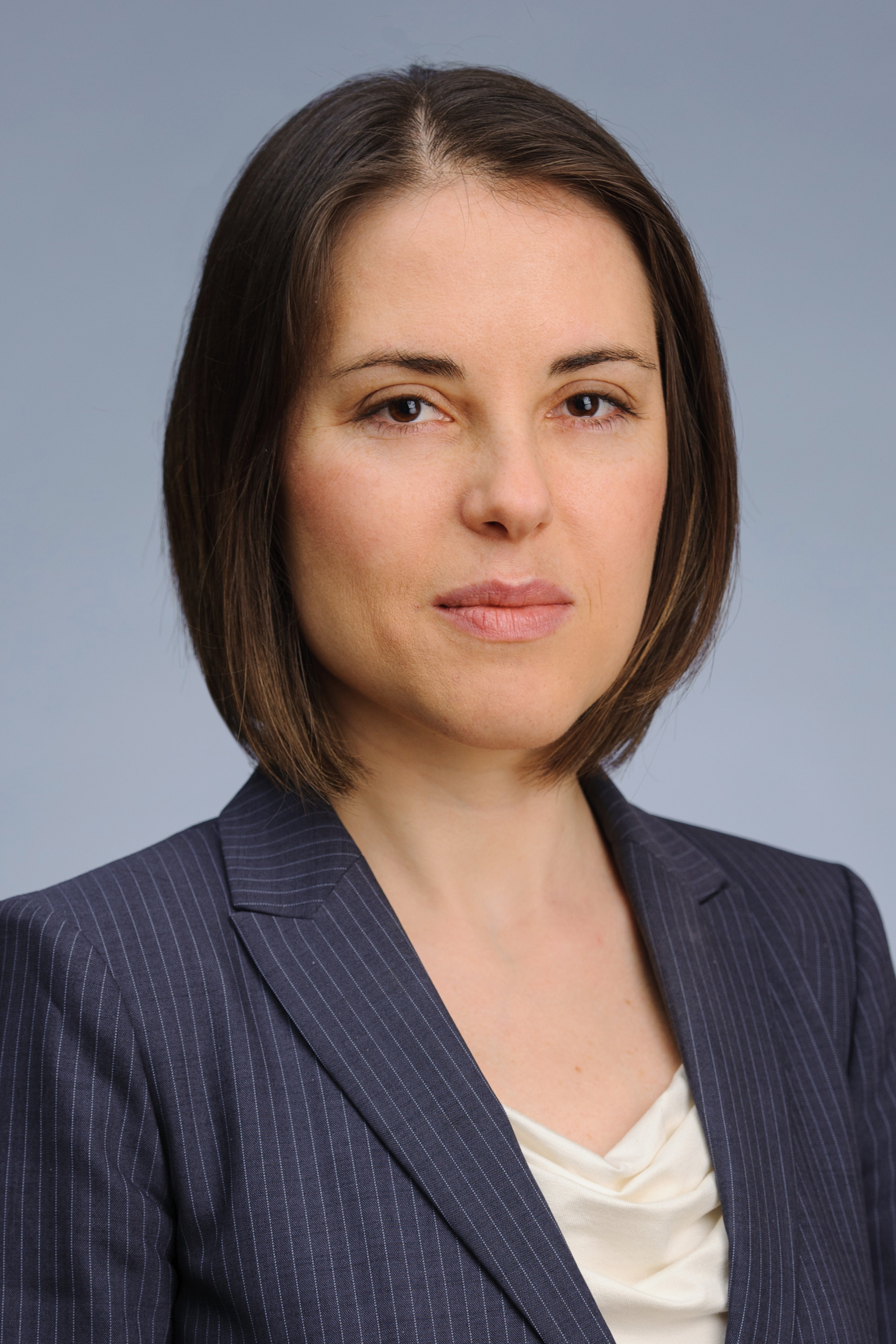
![]()
![]()
![]()
![]()
![]()
![]()
I do think that it will accelerate the same as it did for climate. Mother Nature will make sure we do, because we are seeing the consequences of what is happening all around us now.
Harrison: Do you foresee the biodiversity investment theme having a similar kind of explosion that ESG funds did in the past few years?
Dimitrova: At some point, the macro environment will change and become more conducive to these types of [biodiversity] funds flourishing. There is a difference between what happened with climate funds and what is happening with biodiversity funds. With climate, we have one KPI and one very good easy measure: carbon. That’s not the case for biodiversity. It’s a very complex matter that is difficult to measure.
One reasonable attempt to measure biodiversity is mean species abundance, but it is a guesstimate. It is not as location-specific, and it’s backwards-looking. So I think that at the point when companies have to disclose due to regulation, we’ll see a bit more accelerated momentum because it will highlight the risks for companies’ exposure to areas where biodiversity is a threat to operations.
For example, we’re seeing companies investing in things like circular water now, even though economically it has always made sense because it could be cheaper than linear methods of treating water. But companies don’t see it that way — they look at the price they pay for water, not the disruption to operations. But when you factor in the disruption to operations, the cost of water gets significantly higher.
Companies have started investing in this because operations in some areas are at risk of being disrupted, and the same thing will happen with biodiversity when companies have to quantify the risks to their operations. This will attract more investor momentum behind companies that are not losing out from nature loss.
Harrison: Active ownership is the final stage of your investment overview process for the fund, with “engagement where needed.” Can you expand on where this most commonly comes up for portfolio companies?
Dimitrova: We engage in two separate areas. First on more big-picture thematic engagements led by our sustainability team where we have more than 30 analysts globally. They now engage with companies on deforestation, water, plastic, climate change or bigger topics as part of Climate Action 100+. We’re also now part of Nature Action 100, where we’ll be engaging with companies on tackling nature loss and biodiversity decline.
The second pillar is that we have a sustainable family of funds, of which the biodiversity and climate solutions funds are a part. The broader framework is that 70 percent of assets [across those funds] need to be invested in companies with very good ESG ratings. The remaining 30 percent need to be on an improvement trajectory. The 70 percent is based on MSCI ratings, and where MSCI is lacking, Fidelity’s proprietary ratings use fundamental analysis to rate companies on ESG.
Companies have started investing in this because operations in some areas are at risk of being disrupted, and the same thing will happen with biodiversity when companies have to quantify the risks to their operations.
If a company is scoring poorly — worse than a C on our proprietary metrics — or is not on an improving trajectory, we engage. I can continue owning a company as long as it’s showing progress with engagement, but if it is not showing progress, the company has to be divested within 18 months.
Harrison: The Fund “looks beyond ESG ratings to invest in Sustainable Development Goal Enablers.” How do you determine companies to be SDG Enablers?
Dimitrova: The Fund has been uplifted to an Article 9 fund [those with a clearly defined sustainable investment objective], so all companies in the Fund have to be 100 percent sustainable investments. And, it is up to investors to define what a sustainable investment means. The way Fidelity International has defined sustainable investment is companies with 50 percent or more of revenues coming from one or more of the SDGs.
So the fund, through the Article 9 definition, has defined the investment universe through two lenses. The first one is this first filter that captures all companies with more than 50 percent of revenues aligned with the SDGs, and the second one is companies that provide solutions to the biodiversity crisis.
And overlapping these two filters is the investment universe for the funds. These are companies both deriving revenues from SDGs but also addressing biodiversity or providing solutions to the biodiversity crisis.
- SEO Powered Content & PR Distribution. Get Amplified Today.
- PlatoData.Network Vertical Generative Ai. Empower Yourself. Access Here.
- PlatoAiStream. Web3 Intelligence. Knowledge Amplified. Access Here.
- PlatoESG. Automotive / EVs, Carbon, CleanTech, Energy, Environment, Solar, Waste Management. Access Here.
- PlatoHealth. Biotech and Clinical Trials Intelligence. Access Here.
- ChartPrime. Elevate your Trading Game with ChartPrime. Access Here.
- BlockOffsets. Modernizing Environmental Offset Ownership. Access Here.
- Source: https://www.greenbiz.com/article/what-it-looks-invest-biodiversity
- :has
- :is
- :not
- :where
- $UP
- 1
- 100
- 15%
- 2000
- 30
- 3000
- 50
- 7
- 70
- 8
- 9
- a
- About
- about IT
- accelerate
- accelerated
- across
- Action
- active
- addressing
- aligned
- All
- allocate
- allow
- alone
- also
- alternative
- always
- an
- analysis
- Analysts
- and
- ARE
- areas
- around
- article
- artificial
- AS
- assess
- asset
- Assets
- At
- attract
- based
- Basically
- BCG
- BE
- because
- become
- been
- behind
- being
- below
- Better
- between
- Beyond
- bigger
- Billion
- Bit
- bnp paribas
- both
- broader
- Building
- built
- but
- by
- calling
- CAN
- capital
- captures
- carbon
- case
- causes
- Celsius
- Center
- change
- cheaper
- clearly
- click
- Climate
- Climate change
- comes
- coming
- commission
- commonly
- Commons
- Companies
- company
- compared
- complex
- Consequences
- Consider
- continue
- Conversion
- Cost
- could
- course
- Creating
- creation
- crisis
- Currently
- data
- Days
- Decline
- Declining
- defined
- definitely
- definition
- deforestation
- dependent
- described
- Determine
- Development
- DID
- difference
- difficult
- Disclose
- disclosure
- Disclosures
- Disruption
- do
- does
- don
- due
- duration
- Early
- easy
- EC
- Economic
- economic system
- economy
- enable
- engage
- engagement
- engagements
- engaging
- enough
- Environment
- Equivalent
- error
- ESG
- establish
- Ether (ETH)
- EU
- Europa
- Europe
- European
- european union
- Even
- example
- examples
- Expand
- explosion
- Exposure
- external
- factor
- factored
- family
- faster
- few
- fidelity
- Fidelity Investments
- filter
- filters
- final
- finance
- financial
- First
- fit
- Focus
- For
- Forces
- foresee
- Framework
- frameworks
- Free
- from
- fund
- fundamental
- funding
- funds
- further
- gathering
- GDP
- get
- Global
- Global economy
- Globally
- Go
- goal
- going
- gone
- good
- Green
- Green Finance
- Growing
- Half
- happen
- happened
- Happening
- Have
- having
- higher
- Highlight
- hope
- How
- How To
- HTTPS
- i
- if
- Impacts
- improvement
- improving
- in
- include
- Including
- Increase
- inside
- Institutional
- institutional investors
- interesting
- International
- into
- Invest
- invested
- investing
- investment
- Investments
- investor
- Investors
- issues
- IT
- ITS
- jpg
- just
- just one
- keeping
- Key
- Kind
- Know
- lacking
- Last
- Last Year
- Late
- launched
- launching
- lead
- LEARN
- Led
- lenses
- Level
- like
- ll
- Long
- Look
- LOOKS
- losing
- loss
- lower
- Macro
- macro environment
- made
- make
- Making
- management
- manager
- many
- Market
- Markets
- material
- Matter
- me
- means
- measure
- mentioned
- methods
- Metrics
- million
- Momentum
- months
- more
- most
- mother
- move
- movement
- moving
- MSCI
- much
- Natural
- Nature
- Need
- needed
- needs
- news
- Newsletter
- node
- now
- objective
- of
- on
- ONE
- Operations
- opportunities
- or
- our
- out
- overview
- ownership
- part
- past
- Pay
- percent
- Pillar
- plastic
- plato
- Plato Data Intelligence
- PlatoData
- Play
- plus
- Point
- policy
- policymakers
- portfolio
- portfolio manager
- portfolios
- posed
- presentation
- pretty
- prevent
- price
- pricing
- probably
- Problem
- process
- Produced
- Products
- Progress
- prominent
- proper
- proprietary
- protection
- Proteins
- provide
- provided
- providing
- Push
- question
- quickly
- Rate
- ratings
- RE
- reasonable
- Regulation
- remaining
- represent
- required
- revenues
- Rise
- Rises
- Risk
- risks
- rounding
- s
- Said
- same
- Scale
- scientists
- scoring
- SDGs
- Second
- see
- seeing
- sees
- sense
- separate
- Services
- Shape
- she
- shortfall
- should
- showing
- significantly
- similar
- since
- sixth
- So
- Solutions
- SOLVE
- some
- Space
- Stage
- started
- States
- Still
- subsidiary
- sure
- Sustainability
- sustainable
- Sustainable Development
- system
- T
- tackling
- taking
- team
- tell
- terms
- than
- that
- The
- their
- Them
- thematic
- theme
- There.
- therefore
- These
- they
- thing
- things
- think
- this
- those
- though?
- thought
- threat
- Through
- to
- Topics
- trajectory
- treating
- two
- types
- UN
- under
- underpinning
- understand
- union
- United
- United States
- Universe
- us
- use
- value
- value creation
- vantage point
- Ve
- very
- want
- was
- Water
- Way..
- we
- weekly
- WELL
- What
- What is
- when
- which
- whole
- why
- will
- with
- within
- world’s
- worse
- year
- years
- yet
- you
- Your
- zephyrnet
- zero

